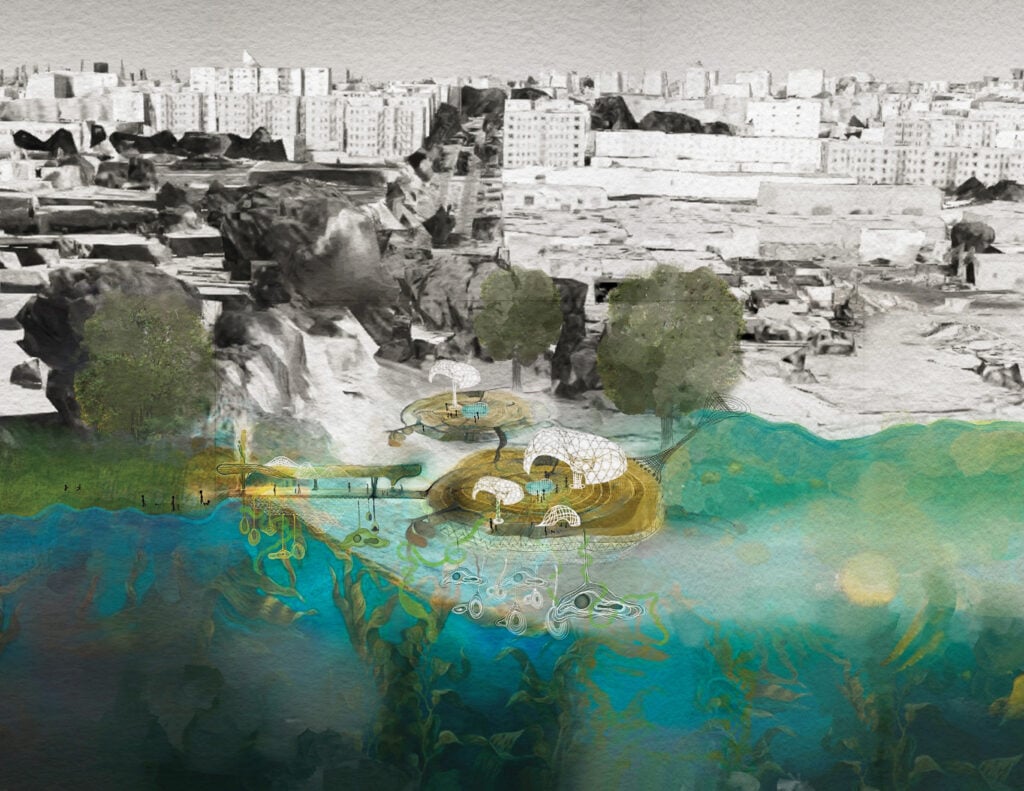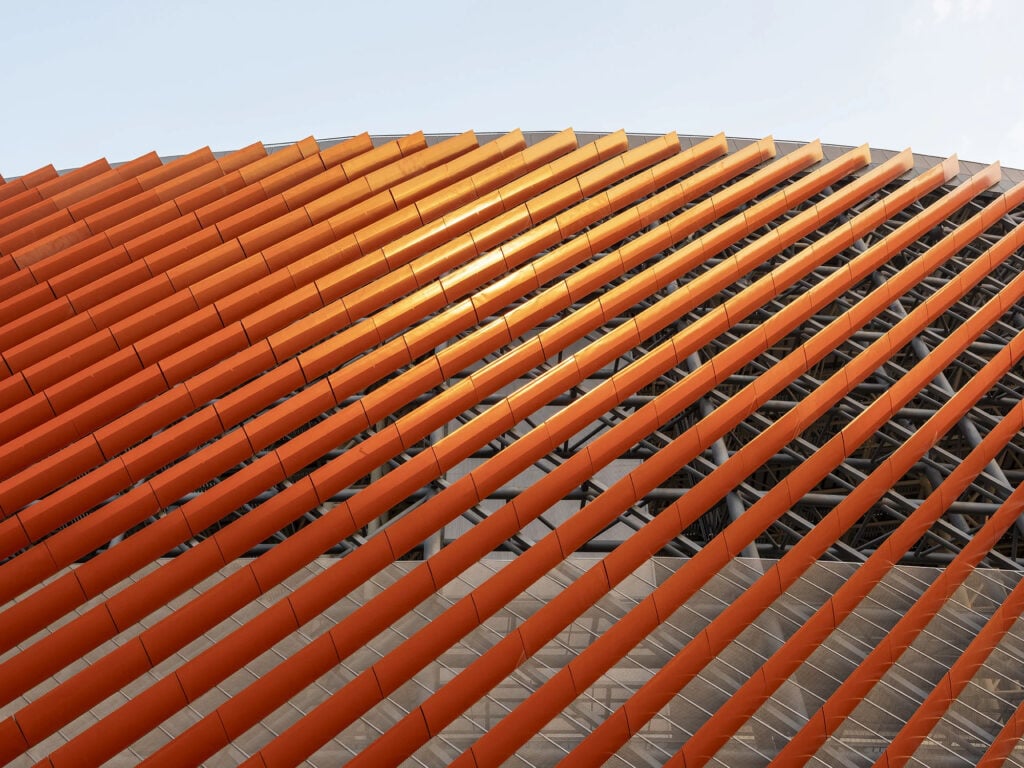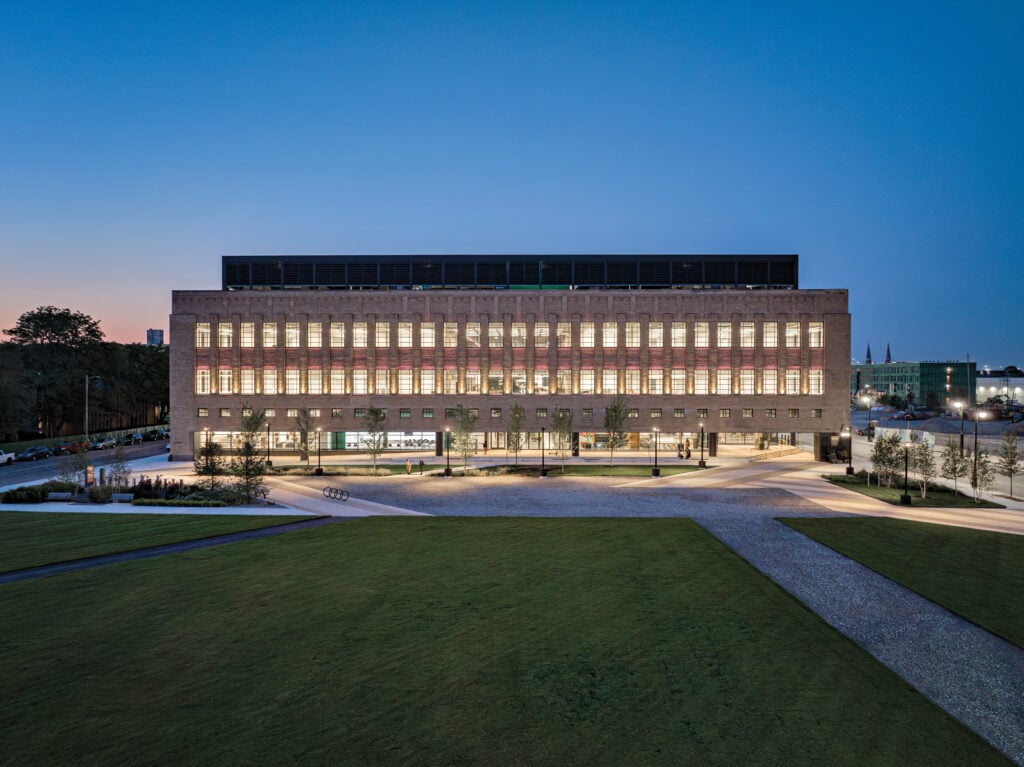
December 1, 2021
What Are the Next Steps for Post-Pandemic Materiality?
In the depths of the pandemic-driven lock-down, while many industries were struggling to survive, one flourished: the cleaning products industry. In November 2020, Clorox reported its best quarterly sales in more than two decades, and its stock price soared 36 percent over the year. Everyone wanted to make sure their homes were sanitized, and what better way to do that than with bleach?
But this logic doesn’t apply so seamlessly to commercial interiors. In fact, most interior surfaces, excluding perhaps those made for health-care environments, are not bleach-cleanable. And yet, as the vaccine rollout gives rise to conversations about return-to-office guidelines, it’s become apparent that settings outside of hospitals also need surfaces that can be deep cleaned. So, what are people looking for? And how can specifiers prepare to address the concerns of a germ-conscious post-pandemic world? ThinkLab sat down with Walter Marin, founder and senior principal of New York–based Marin Architects, to understand his firm’s view on antiviral protocols and paired his insights with our research to explore how designers can help create healthy, safe interiors.
WHAT IS THE DEMAND?
When polled in a Fall 2020 ThinkLab research study, 62 percent of specifiers believed that COVID-19 had either increased or greatly increased the need for bleach-cleanable materials, 55 percent felt there was an increased need for antimicrobial materials, and 48 percent said the same about antiviral materials.
Much of the current debate about materiality centers on cleaning versus sanitizing. Prior to COVID-19, surfaces generally came with cleaning instructions—but not all came with directions for sanitization. According to the Centers for Disease Control and Prevention, “cleaning removes germs, dirt, and impurities from surfaces or objects” and “disinfecting kills germs on surfaces or objects.” Meanwhile, “sanitizing lowers the number of germs on surfaces or objects to a safe level, as judged by public health standards or requirements.”
In the short term, the focus is on ensuring people are safe. However, COVID-19’s long-term impact on materiality is still uncertain. Using health-care-level cleaners may lead to product failures and warranty claims, and most informed designers are not putting their support behind antiviral or antimicrobial materials because of sustainability concerns.
SO WHAT’S THE LOGICAL NEXT STEP?
Perhaps because of this uncertainty, Marin finds some specifiers are looking for materials
that naturally repel bacteria and germs. While copper and wood have long been known for their ability to kill bacteria and viruses, Marin shares that texture is equally important in material selection and will be a common consideration for nonmedical specification moving forward.
“Many designers are following the science behind sharkskin,” he explains. “Sharks tend to travel in areas that are not as clean as other fish, and their skin is textured like roof tiles. This texture minimizes the surface area and does not allow bacteria to survive. There was a huge industry that grew out of this concept. Now in light of COVID-19, everyone is thinking about this.”
Another approach that designers are exploring is minimizing high-touch surfaces altogether. “Touchless doorways have been present at hospitals for many years,” he says. “Now we are seeing other industries incorporate sensors, motion-activated lights, and automated doors.”
AND WHAT ABOUT AIR?
Beyond surfaces, Marin reminds us that for the immediate future we need to consider one of the most prominent ways COVID-19 spreads—through the air. “As architects outside of the health-care industry, we are not accustomed to thinking about how our designs will protect users against air particles that threaten our health,” he says. “One of the biggest considerations we focus on when designing medical buildings is air circulation. When you are walking through a hospital, you will notice that it is very hard to detect any smells, due to the advanced rate at which air is being filtered in and out of the building. In the long term, we will see more systems like this being utilized in market sectors beyond the health-care industry.”
Given that the traditional construction cycle can take as long as three years, Marin says installing enhanced air filters (as opposed to a brand-new filtration system)is the biggest improvement designers can implement right now without doing a major redesign.
“I think at the end of the day, what we have learned is that attention to detail in material selection is such an important part of the health and safety of a space,” he says. “It’s our time to shine, and by mindfully selecting the right properties of a material and pairing it with expertise in systems and filtration selections, we can be an advocate for our clients and help them design safe spaces for their end users.”
Amanda Schneider is president of ThinkLab, the research division of SANDOW. Join in to explore what’s next at thinklab.design/join-in.
Would you like to comment on this article? Send your thoughts to: [email protected]
Latest
Profiles
Zoha Tasneem Centers Empathy and Ecology
The Parsons MFA interior design graduate has created an “amphibian interior” that responds to rising sea levels and their impacts on coastal communities.
Viewpoints
How Can We Design Buildings to Heal, Not Harm?
Jason McLennan—regenerative design pioneer and chief sustainability officer at Perkins&Will—on creating buildings that restore, replenish, and revive the natural world.
Products
Behind the Fine Art and Science of Glazing
Architects today are thinking beyond the curtain wall, using glass to deliver high energy performance and better comfort in a variety of buildings.





